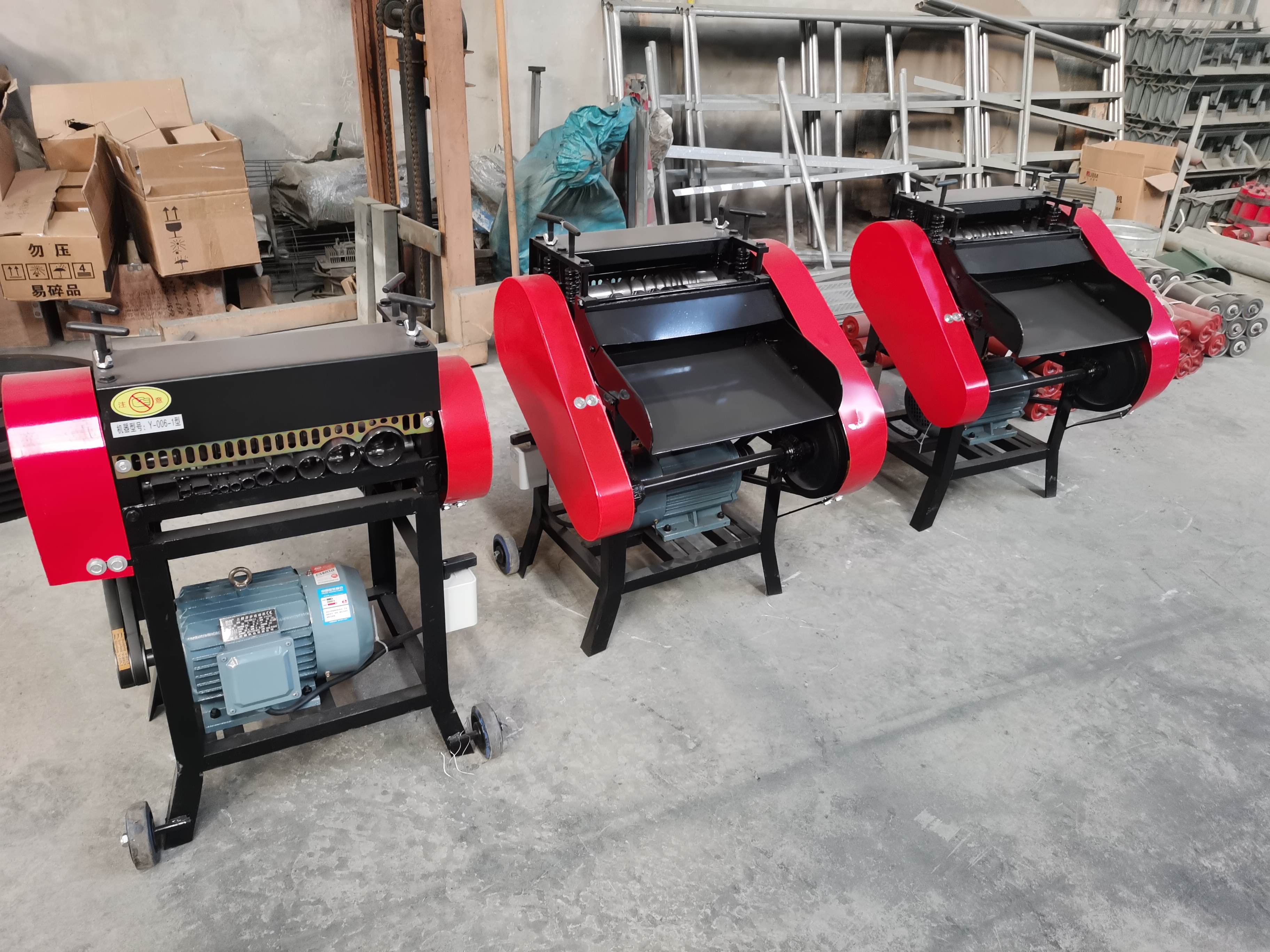When it comes to the world of aluminium scrap recycling, the financial considerations for setting up a plant are multifaceted and deeply tied to strategic planning and execution. Understanding these cost implications can provide a significant competitive advantage and result in enhanced sustainability and profitability.

Establishing an aluminium scrap recycling plant is not just about erecting buildings and installing machinery; it's about creating a streamlined system that maximizes efficiency while minimizing unnecessary expenditure. Typically, the major cost components include facility construction, equipment procurement, labor, utility costs, and operational expenses. Each of these aspects demands a detailed analysis to ensure they align with industry standards and sustainability goals.
The first step involves a comprehensive site assessment to determine the ideal location that would minimize logistical expenses and maximize proximity to raw materials and markets. The cost of acquiring or leasing land can significantly vary depending on geographical and infrastructural advantages. Hence, it's essential to factor in not just current market costs but also potential growth in the region, which could affect long-term expenses.

Facility construction encompasses a significant portion of the initial investment. This includes the cost of building structures capable of housing machinery, storage for raw materials and finished products, as well as administrative offices. Modern plants are increasingly incorporating eco-friendly designs that ensure energy efficiency, which may increase upfront costs but lead to substantial savings over time.
Equipment is another pivotal area where costs can rise steeply. Cutting-edge technology in the recycling process, such as shredders, separation units, and smelting furnaces, is crucial for ensuring the quality and efficiency of the recycling process. While high-quality equipment demands a higher initial investment, the return on investment can be realized through reduced downtime and maintenance costs, resulting in an overall increase in productivity.
Labor costs cannot be overlooked in the setup of an aluminium recycling plant. Recruiting skilled personnel who understand both the technical and operational aspects of recycling can be challenging but necessary. Training programs are vital to ensure that employees are up-to-date with the latest recycling technologies and safety protocols. Additionally, effective human resource management must address fair compensation and benefits to maintain a motivated and competent workforce.
aluminium scrap recycling plant cost
Utilities form another substantial part of the operational costs, especially considering the energy-intensive nature of aluminium recycling. As the industry moves towards sustainable practices, investing in renewable energy sources like solar or wind power can lead to a significant reduction in energy costs over time. Further, adopting energy-efficient technologies and practices, such as using waste heat recovery systems, can dramatically cut down electricity and heating costs.
Operational expenses continue to accumulate with ongoing maintenance and administrative costs. Keeping machinery in peak condition to prevent disruptions is imperative to financial management. Regular upgrades and the maintenance of equipment must be planned and budgeted to prevent unforeseen expenses.
In addition to these foundational costs, there is the consideration of regulatory compliance. Environmental regulations are stringent in the recycling industry, and failure to comply can result in hefty fines and reputational damage. Implementing comprehensive waste management systems and ensuring that emissions meet industry standards is non-negotiable. Investments in compliance not only safeguard the business but also enhance its reputation as a responsible and sustainable enterprise.
Financing the plant is another strategic dimension to consider. Whether via venture capital, loans, or public funding, each option comes with its own set of advantages and limitations. Careful financial planning is imperative to balance immediate financial liabilities and long-term gains.
Finally,
a crucial consideration for any aluminium scrap recycling plant is its adaptability to market changes. The industry is influenced by fluctuations in raw material supply, price volatility, and advancements in technology. Building a plant that can adapt rapidly to these changes without significant additional costs sets a business apart in an unpredictable market.
In conclusion, the cost of establishing an aluminium scrap recycling plant is complex and requires a multifaceted approach. Financial diligence, paired with strategic site and technology decisions, plays a pivotal role in ensuring the long-term success and environmental responsibility of the plant. Investing in the right tools, people, and strategies is paramount, as is maintaining the flexibility to adapt to the ever-evolving recycling sector.


